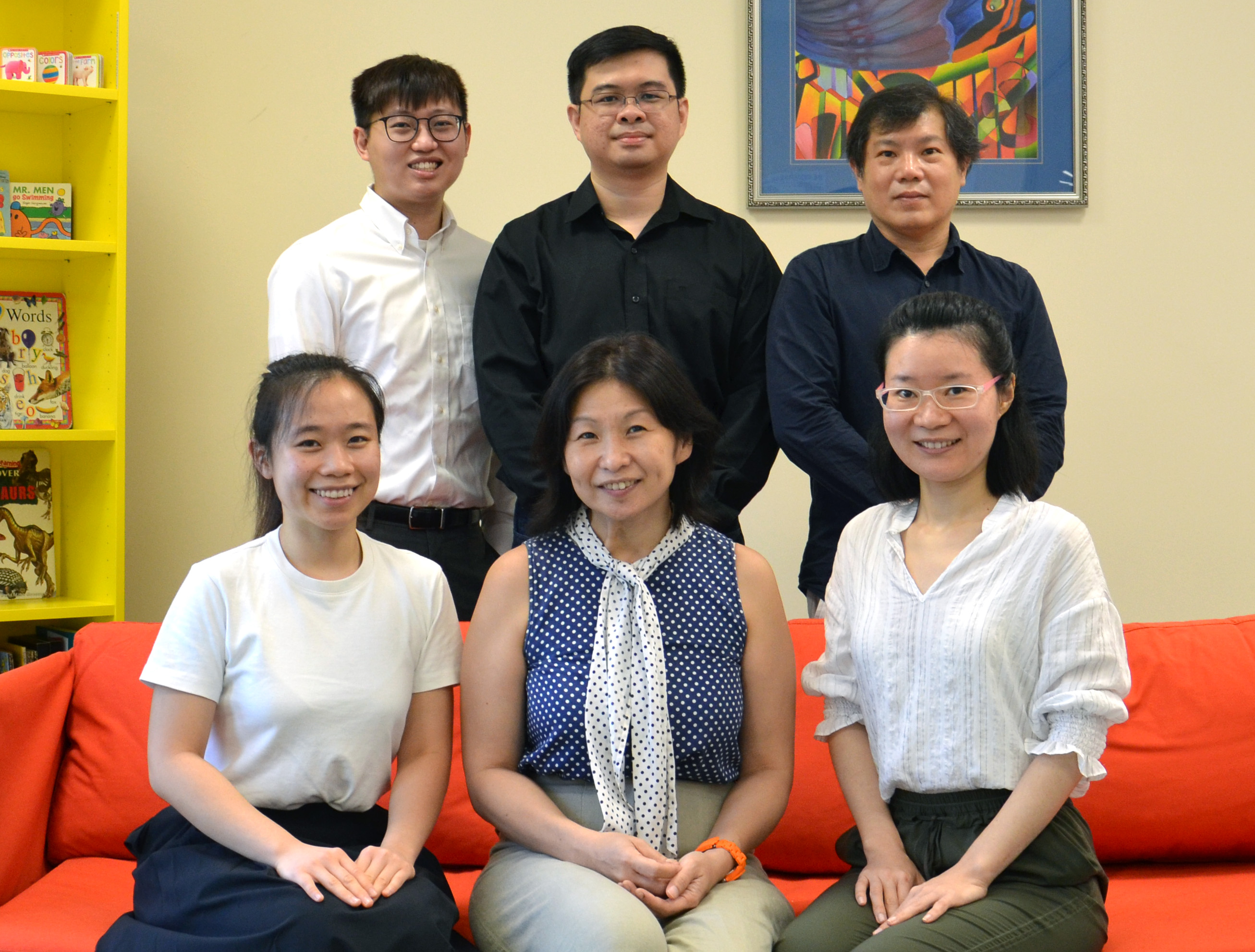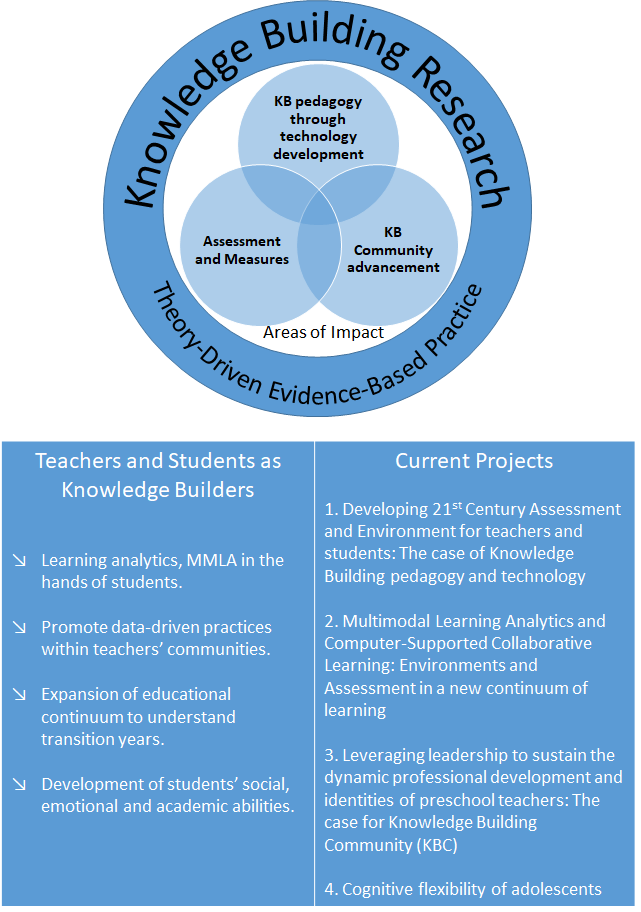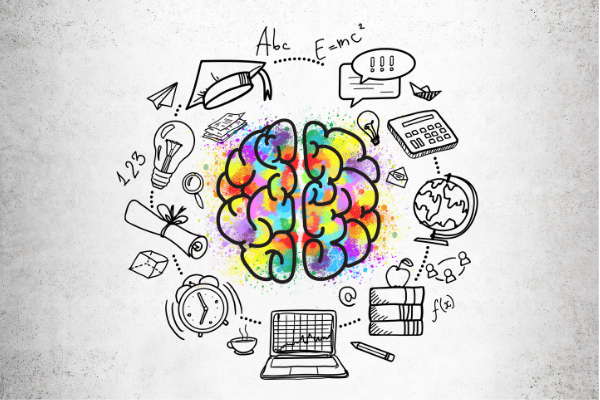Why Singapore’s English Teachers Should Embrace Singlish, Not Fight It
Is it time for Singaporean educators to embrace Singlish as a legitimate learning tool? What the Research […]
Read More
Contributed by Teo Chew Lee, Aloysius Ong, Gabrielle Ong, Alwyn Lee, Ivy Zhao & Aaron Lim from NIE’s Office of Education Research for SingTeach Issue 74.
Knowledge building theories, pedagogy and technology have been established for decades internationally. It recognizes that knowledge is socially constructed and helps develop a community of learners where every individual is a contributor and co-creator of knowledge. In Singapore, a group of researchers from NIE hopes to further build on existing knowledge building research to bring forth information and findings that are relevant and purposeful in the local school context.

(Clockwise from top left) Aaron Lim, Alwyn Lee, Aloysius Ong, Ivy Zhao, Teo Chew Lee (guest editor of this issue) and Gabrielle Ong are involved in different research projects at NIE that focus on knowledge building in education.

Collaborative learning is dynamic in that student–to–student interactions involve a myriad of learning processes. These learning processes include how they understand, and regulate their learning and emotions, to name a few.
Teachers can analyse and visualize some of these learning processes through the use of technological tools known as learning analytics. To support that, the research team develops two sets of analytic tools: 1) a “curriculum-idea-analytics” to represent growth of students’ ideas in relation to depth and width of a big-idea curriculum; and 2) a multimodal learning analytics to understand students’ emotions in collaborative learning.
“First, the research project ‘Developing 21st century Assessment and Environment for Teachers and Students: The Case of Knowledge Building Pedagogy and Technology’ explores an analytic tool that generates visualizations (word cloud and networks) of connections between students’ ideas and the ideas explored in a big-idea curriculum,” NIE Research Fellow Dr Aloysius Ong shares.
“This big-idea curriculum are produced by mapping ideas across interdisciplinary topics from primary to junior college level curriculum documents to generate unifying themes or big-ideas.” By visualizing and identifying ideas that are key to the topic, teachers can better support students in developing big-idea inquiries and understanding of the online discussion.
“Second, we posit that what is observable during collaborative learning sessions in the classroom is only the tip of the iceberg,” Aloysius adds. These “unseen” interactions may often be equally, if not more, important in understanding students’ learning.
To pursue this phenomenon further, the research team led by NIE Senior Research Scientist Dr Teo Chew Lee embarked on another project that explores advanced video and sensor technology and analysis of multimodal data to gain insights into students’ different behavioral and speech aspects during collaborative discussions.
“This project, ‘Multimodal Learning Analytics and Computer-Supported Collaborative Learning: Environments and Assessment in a New Continuum of Learning’, looks at students’ facial expression, head and body movements, verbal and lexical cues, and physiological data,” Aloysius shares.

The vision and mission of knowledge building research at NIE.

As knowledge building lies greatly on the concept of community learning and socio-constructivism, an ongoing NIE research attempts to understand how knowledge building communities among preschool educators can help to sustain teachers’ professional development.
“We have seen huge potential of knowledge building enhancing the professional identity of teachers and the experiences of students. Both teachers and students showed incredible levels of knowledge building,” Chew Lee, who is also the guest editor of this issue of SingTeach, shares.
“Having implemented knowledge building pedagogies in several schools, the research team expanded the knowledge building continuum to preschool communities in hopes of connecting them to primary school teachers and understanding the first transition year experienced by local children.”
Members of the Knowledge Building Community (KBC) share ownership of such students’ learning experiences and achievements. Knowledge building pedagogies also go a step further by guiding young students in their own exploration.
“In KBC, the teachers come together to share advances and challenges faced in the week. They practise evidence-based discussion by sharing and studying students’ artefacts. They are given the agency to create their own brand of knowledge building practice undergird by its principles,” Chew Lee shares.
One recent example of evidence-based discussions is from student drawings on their understanding of gravity. Students had previously understood gravity as an Earth magnet that pulls all matter down. However, at the weekly meetings, teachers identified this misconception and worked together to correct it through various resources such as books. Coupled with knowledge building principles, students’ drawings help teachers to identify learning gaps.
This allows teachers to better redesign the aims of upcoming lessons and also further build on students’ interests in the classroom. For example, when planning lessons related to gravitational forces in the orbiting planets, teachers may consider a bigger-picture theme of solar system.


“Neuroscience is an emerging field that has the potential to inform educational theory and affect teaching practice,” NIE Research Fellow Dr Alwyn Lee shares.
When students explore multiple ideas and different pathways during knowledge building lessons, it is similar to students’ cognitive flexibility, which is a key executive function. “By combining neuroscience research with the knowledge building approach, teachers can better understand childhood development and adapt classes to facilitate learning and student progress,” he adds.
In Singapore, research on adolescents is part of an ongoing and larger project collaboration between NIE and Cambridge University, under the Centre for Learning and Individualised Cognition (CLIC) and funded by the National Research Foundation. As one of the co-Principal Investigators of the project, Chew Lee shares that the project aims to characterize cognitive flexibility of adolescents in Singapore and study the impact of knowledge building pedagogy and cognitive training protocol on cognitive flexibility.
“This strategic and global initiative will involve at least 400 students in Singapore and we hope it will be impactful and beneficial to both teachers and students,” Chew Lee concludes.